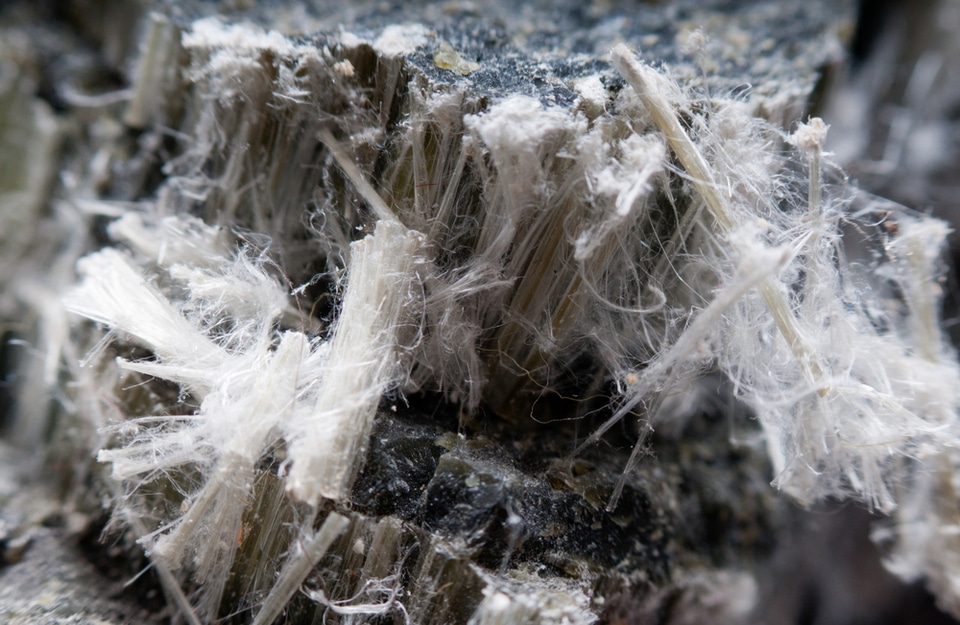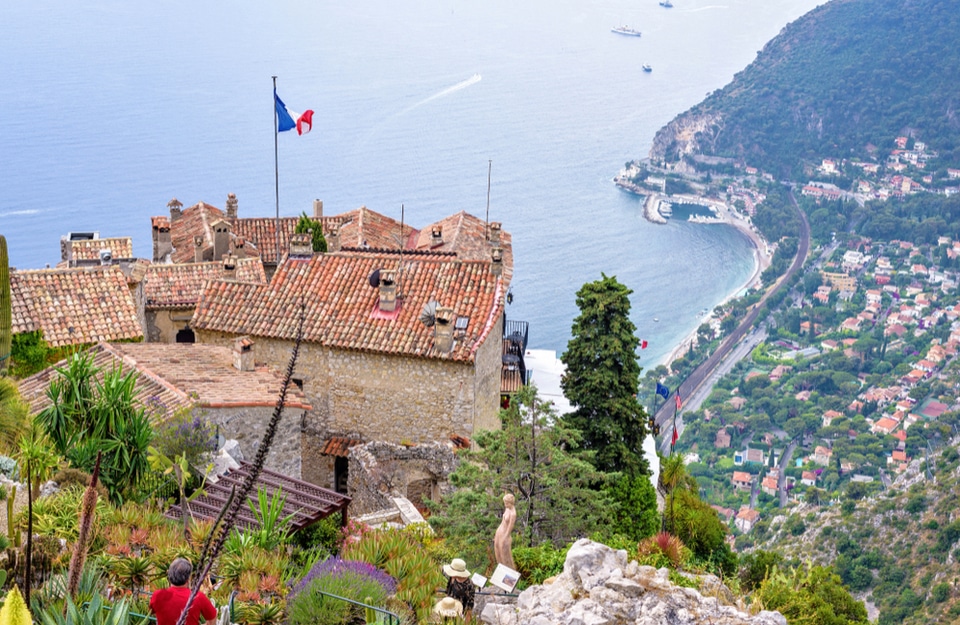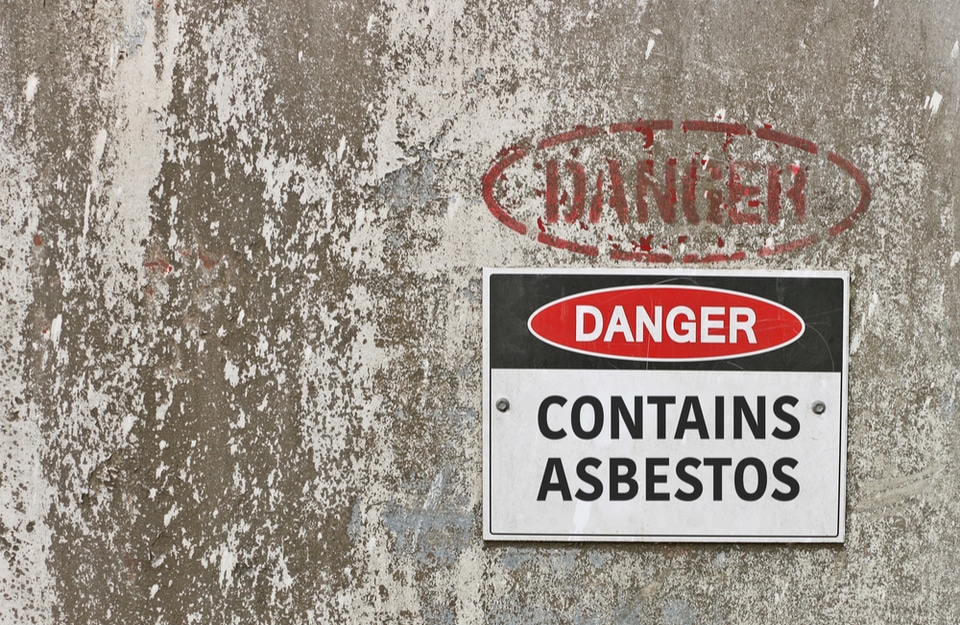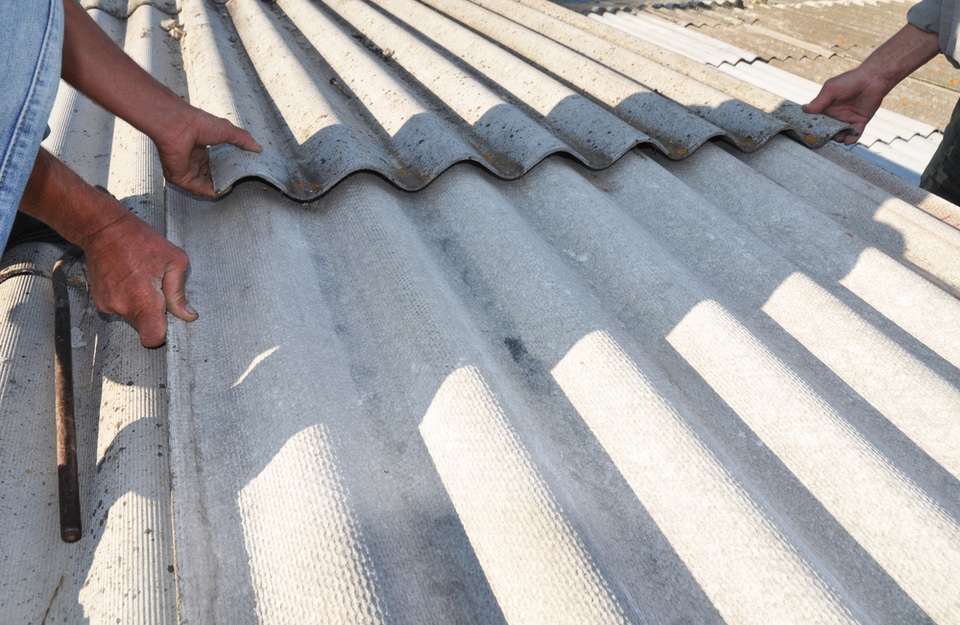Whether you are buying or selling real estate in France, discovering traces of asbestos in your property is always a bit of a worry.
But rest assured you’re not alone. Asbestos was used extensively as a building component in France during the 19th and 20th centuries and thousands of homes all over the country still contain traces of the mineral.
The use of materials containing asbestos was banned throughout France in 1997 and since then the French government has put a series of measures in place to help homeowners handle just this sort of problem.
Thanks to these strict regulations, finding asbestos in your property should be a minor inconvenience rather than a reason to panic. Here’s a quick rundown of the guidelines which cover asbestos, plus what to do should you discover it in your French home:
What is asbestos?
Asbestos is a naturally-occurring mineral which has been used in the building industry for many years thanks to its resistance to electricity, heat, and chemical corrosion. Often used as an insulator, asbestos was also mixed with materials such as paint, plastic and cement to make them stronger for use during the construction of houses, office buildings and schools.

Why is it dangerous?
Unfortunately, the very same qualities which make asbestos so attractive to the building industry, also make it extremely toxic and dangerous to health. When inhaled or swallowed, loose fibres from materials containing asbestos have been proven to cause pulmonary disease and cancer which can often take up to 20 to 30 years to develop.
How do I know if my property contains asbestos?
If you are interested in buying a French property built before July 1997, the owner is legally obliged to provide you with a diagnostic report stating whether there are any materials or products in the house which could contain asbestos. In French, this is called the ‘Constat de recherche d’amiante’ and will be provided before you sign the sales agreement (compromis de vente) for the property.
Similarly, if you plan to sell a property built before July 1997, you will be obliged to provide this report to the buyer before they sign the compromis de vente.
What does the report cover exactly?
By law, the report covers the property’s walls, floors, ceilings, pipes and insulation in addition to the roof, facade and any external structures found within the grounds. The report is only valid for 12 months.
Who carries out the inspection and produces the report?
Only a qualified technician can carry out an asbestos inspection in France. You can find a list (in French) of certified technicians here and you can also check the qualifications of any company to make sure they are fully certified by the French government.
What happens if no certificate is provided?
As the owner of a property for sale which was built before 1997, if you fail to provide a certificate detailing the risk of asbestos, you will be liable for a 1500€ fine. You will also be responsible for any asbestos found on the property by the future owner over the next 30 years and will have to pay all removal costs.
As the buyer of a property, you are also free to commission your own pre-purchase asbestos survey from a qualified surveyor in addition to the seller’s report.
What happens if asbestos is found on the property?
As a general rule, the presence of asbestos on a property isn’t a cause for alarm. As long as the materials containing asbestos are in good condition and not damaged or deteriorated, there is very little risk to your health and you may not need to take any action at all.
Whether you are buying or selling, should asbestos be discovered anywhere in your home, the procedure is the same. The technician will provide a detailed report with 3 levels of severity:
Level 1: A technician will inspect your property every 3 years to check the condition of any material containing asbestos.
Level 2: The dust levels of the material containing asbestos on your property must be checked by an organisation accredited by COFRAC (Comité Français d’Accréditation).
Level 3: The asbestos found in your home must be removed and disposed of safely by a COFRAC-certified contractor (your local mairie can give you a list of qualified companies in your area). You will usually be given 3 years to carry out the removal of any asbestos-contaminated materials.
Recommended for you: French Property Surveys and Diagnostic Reports
Are there any other precautions to take?
If asbestos has been discovered in a home you are considering buying or selling, you should make sure anybody working on the property is aware of the risk.
Asbestos dust is extremely dangerous if inhaled or swallowed so you will need to warn workmen who carry out renovations or repairs in your home.
Additionally, material containing asbestos cannot be disposed of in the local tip. You will need to take it to a specialist ‘Centre de stockage pour déchets dangereux’ and will probably have to pay a fee to have it destroyed properly.





